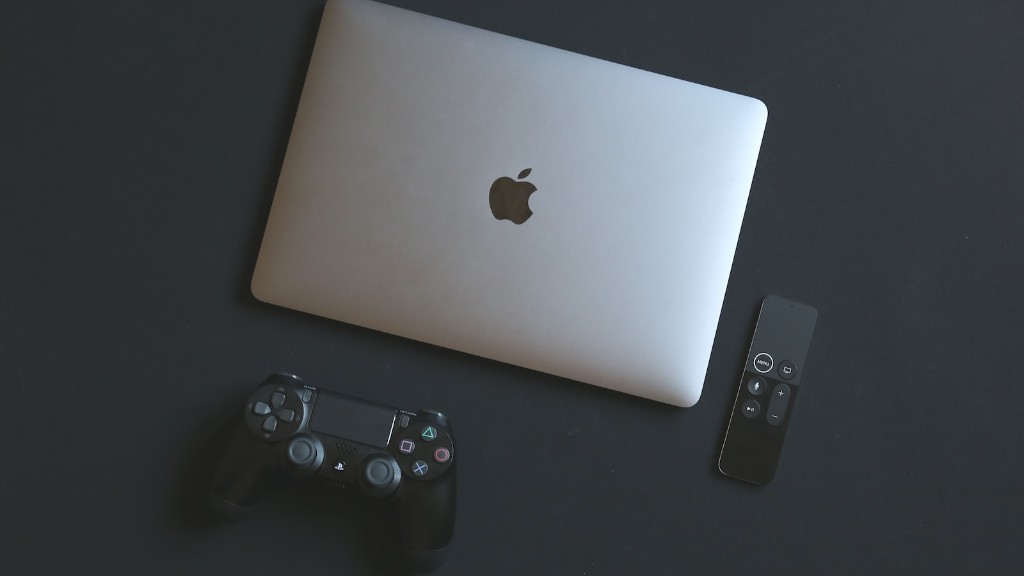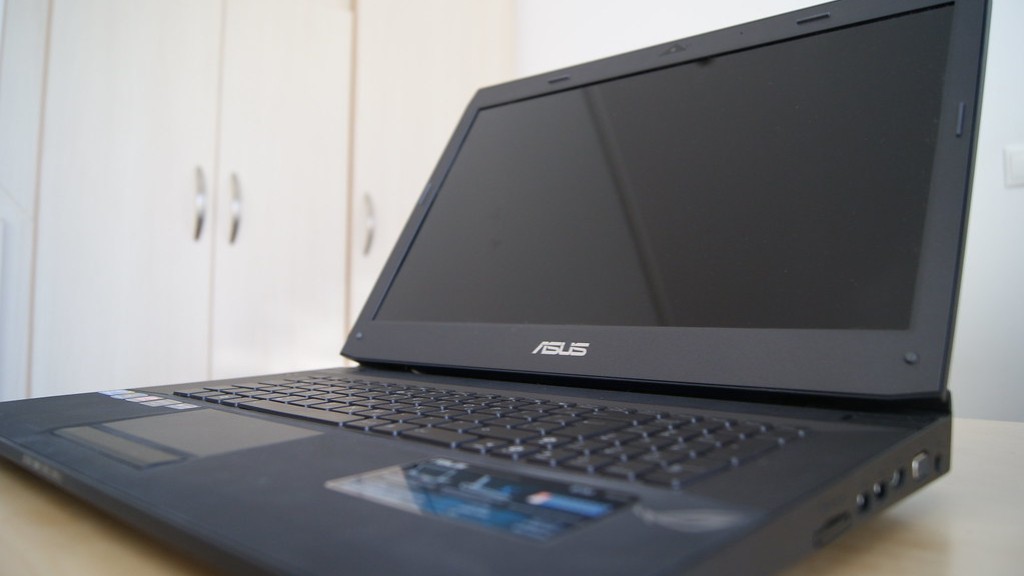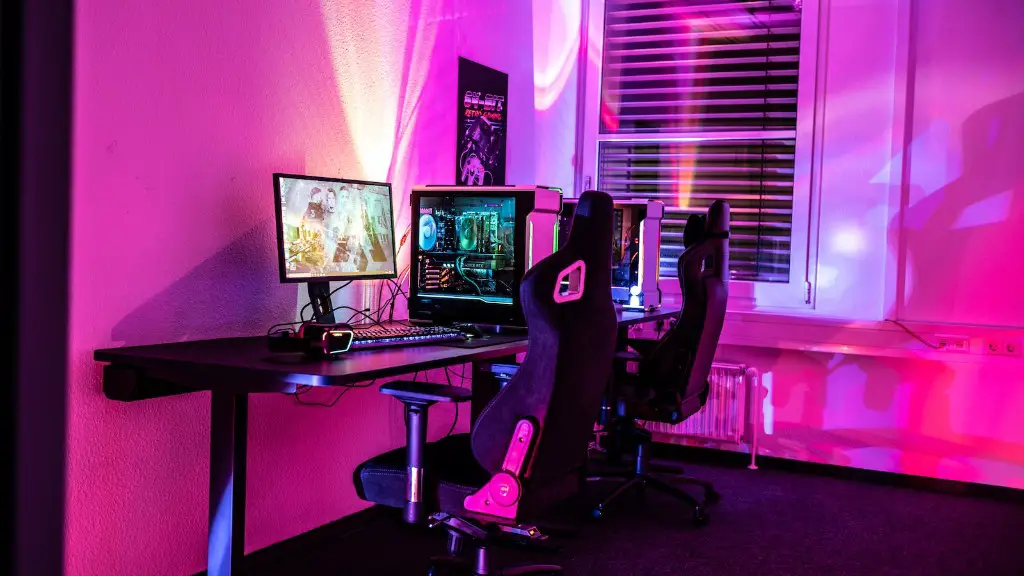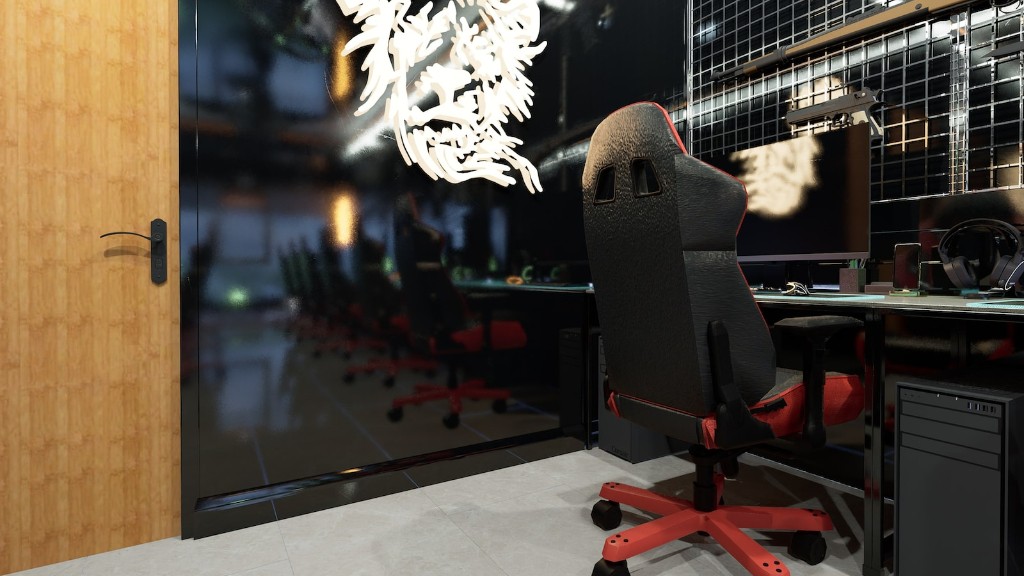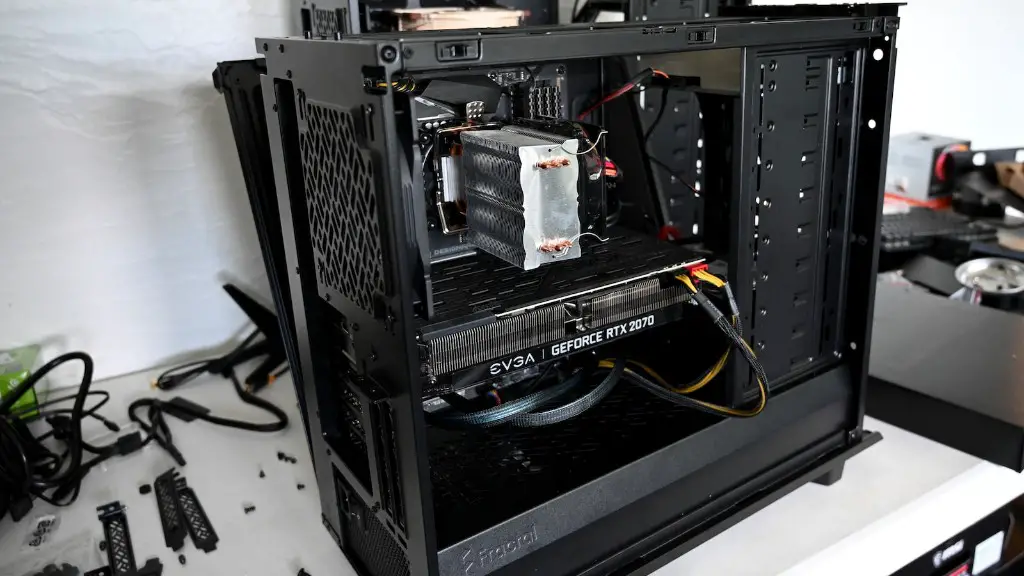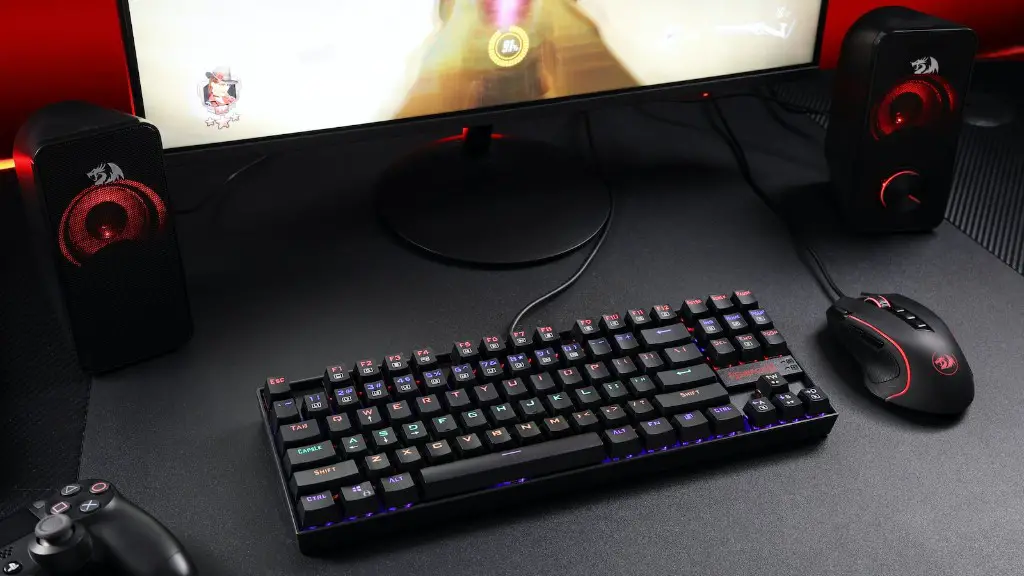If you’re a serious gamer, you know that having a dedicated gaming laptop is a must. But what do you do when you’re away from your desktop and want to continue your gaming sessions? The answer is to stream your games using a gaming laptop. Here’s how:
First, you’ll need to make sure your gaming laptop is powerful enough to handle the demands of streaming. You’ll need a processor that can handle the encoding and a graphics card that can handle the decoding. You’ll also need a fast Internet connection.
Next, you’ll need to choose a streaming service. There are a few different ones out there, but the most popular ones are Twitch and Beam. You’ll need to create an account and then download their streaming software.
Once you have everything set up, you’re ready to start streaming. Open up your game and start playing. The streaming software will do the rest, broadcasting your gameplay to the world.
There is no one-size-fits-all answer to this question, as the best way to stream on a gaming laptop will vary depending on the specific model and make of the laptop. However, some tips on how to stream on a gaming laptop include connecting the laptop to a TV or monitor via HDMI, using a dedicated streaming program like OBS Studio, and using a fast internet connection.
What do you need to stream on a gaming laptop?
As long as your graphics card, processor and RAM is capable of handling the streaming and gaming simultaneously, you can definitely use your laptop to broadcast your gameplay on Twitch. You’ll need to make sure you have a good internet connection and the right software, but once you’re all set up, you can start streaming your gameplay to the world.
Table of Contents:
1. Sign up with Twitch
2. Get a Stream key
3. Download OBS Studio
4. Enter your Stream Key
5. Set up Game Capture mode
6. Configure audio
7. Start streaming
Is a laptop okay for streaming
PC laptops are a great option for streamers who need a more mobile setup. They are easy to travel with and can be set up in high-traffic areas like kitchens or art studios. PC laptops also have the power and performance you need to stream games and other content.
If you are having performance issues or issues using a specific capture type when using OBS on a laptop or multi-GPU system, there are a few things you can try.
First, try lowering the quality settings in OBS. This can help to improve performance, especially on lower end systems.
If you are still having issues, try using a different capture type. For example, if you are having issues with Game capture, try using Window capture instead.
Finally, if you are still having issues, you may need to upgrade your hardware. This is especially true if you are using a laptop or multi-GPU system. Adding more RAM or a faster CPU can often help to improve performance.
What specs do I need for a streaming laptop?
A 2 GHz dual-core processor or better (Intel Core i7 at 3 GHz or higher recommended) 1 GB, DDR2, or faster RAM (8 GB recommended) A 7200 RPM hard drive (SSD recommended) DirectX 10 compatible graphics card (Nvidia card with at least 1 GB RAM recommended)
If you’re looking for the best streaming software, then you should definitely check out Streamlabs OBS. Many people use Streamlabs OBS because it is very customizable and similar to OBS Studio. Plus, users can make the switch very easily. However, newer streamers will usually use SLOBS because it’s easier to learn and navigate.
What equipment do I need to start streaming on PC?
To stream a live event, you’ll need a camera, mic or microphone, lighting, and a stable internet connection. You’ll also need to get your (digital) hands on some live streaming software. Here are a few software encoder options: Livestream Studio 6, OBS Studio, Streamlabs OBS.
To get started with streaming, you’ll need to define your goals and choose the type of stream you want to create. Then, you’ll need to set up your streaming equipment, choosing the right software and platform for your needs. Test everything before you go live, and be sure to look confident and communicate well with your audience!
How much RAM does a laptop need for streaming
As the popularity of streaming games continues to grow, it’s important to know the minimum requirements for doing so. The good news is that the minimum requirement for streaming games on platforms such as Twitch and YouTube is only 8GB of RAM. However, we recommend 16GB of RAM as a long-term investment. This will ensure that you’re able to stream games smoothly and without any hitches.
In order to have the best streaming experience on Twitch, you need to have good quality hardware and a fast internet connection. A desktop computer is the best option for streaming, as laptops can often overheat and cause issues. You’ll also need to have a good webcam and microphone to ensure that your viewers can see and hear you clearly. Finally, a good router is important to make sure that your stream doesn’t freeze or lag.
How powerful does a streaming PC need to be?
A streaming PC does not need to be very powerful. It can get away with 4GB of RAM, a mechanical hard drive, and a low-end motherboard.
A dual streaming setup is where you have two PCs, one that runs the game and the other that encodes the video for streaming. This is beneficial because it frees up one system to run the game while the other can focus on encoding the video, resulting in a better distribution of the workload. This can be helpful if you want to avoid any issues with lag or frame rate drops while streaming.
What laptop do I need to run OBS
OBS is a great tool for streaming and recording video, but it does have some system requirements. Your computer will need to be compatible with Windows, Mac, or Linux, and have an AMD FX series or Intel i5 2000-series processor (dual or 4-core preferable). You’ll also need a DirectX 10 capable graphics card and at least 4 GB of RAM (recommended, but not necessary).
If you’re looking for a top-of-the-line streaming laptop that can handle any game or application you throw at it, the Apple MacBook Pro M2 is the way to go. It’s got a powerful processor and plenty of RAM to keep things running smoothly, plus a large, high-resolution display that’s perfect for live-streaming. And if you’re looking for a gaming laptop that’s also great for streaming, the Razer Blade 15 is a great option. It’s got all the power you need to run the latest games at high settings, plus a sleek, stylish design that looks great on camera. And if you’re on a budget but still want a powerful machine for streaming, the Acer Predator Helios is a great option. It’s got all the features you need to get started, plus it’s very affordable. So whatever your needs, there’s a streaming laptop out there that’s perfect for you.
What graphics card do I need for streaming?
The GTX 1650 is a great choice for budget-conscious gamers who still want to enjoy great gameplay and graphics. It’s a great entry level GPU that can handle most games without any issue. For more demanding games, the RTX 3060 is a great choice. It’s a bit more expensive but it’s worth the extra money for the increased performance.
A laptop is portable and can be used anywhere, but a desktop is better for long hours of streaming and performance. A desktop can handle more multitasking and offers more power for gaming and other intense activities.
Does more RAM help with streaming
If your computer is struggling to optimally display streaming video content, increasing the RAM may improve playback. If the device doesn’t have enough RAM, the video may be choppy upon playback and take more frequent breaks to load content during the stream.
A good streaming setup can cost anywhere from around $500 to $1,500 and up. It all depends on your budget and what level of quality you’re looking for. If you’re just starting out, you can probably get by with a mid-range setup. But if you’re serious about streaming, you’ll need to invest in some higher-end equipment.
Final Words
There is no one-size-fits-all answer to this question, as the best way to stream on a gaming laptop depends on the specific model and operating system of the device. However, there are some general tips that can be followed in order to optimize the streaming experience on a gaming laptop.
1. Make sure that the gaming laptop is connected to a strong and reliable internet connection. WiFi connections can often be too unstable for streaming.
2. Close any other programs or tabs that are running in the background, as these can consume valuable resources and cause performance issues.
3. Open the settings for the streaming software and adjust the quality settings to find the perfect balance between smooth playback and using up too much bandwidth.
4. position the laptop so that the webcam is at eye level. This will prevent the need to tilt the head in order to be seen on camera, which can be uncomfortable for long streaming sessions.
5. Have a glass of water nearby to stay hydrated, as streaming can be taxing on both the mind and body.
Overall, streaming on a gaming laptop is not much different than streaming on a desktop computer. The main things to keep in mind are to make sure that your computer can handle the game you want to stream, and to have a good internet connection. If you have those two things, then streaming on a gaming laptop is a breeze!
